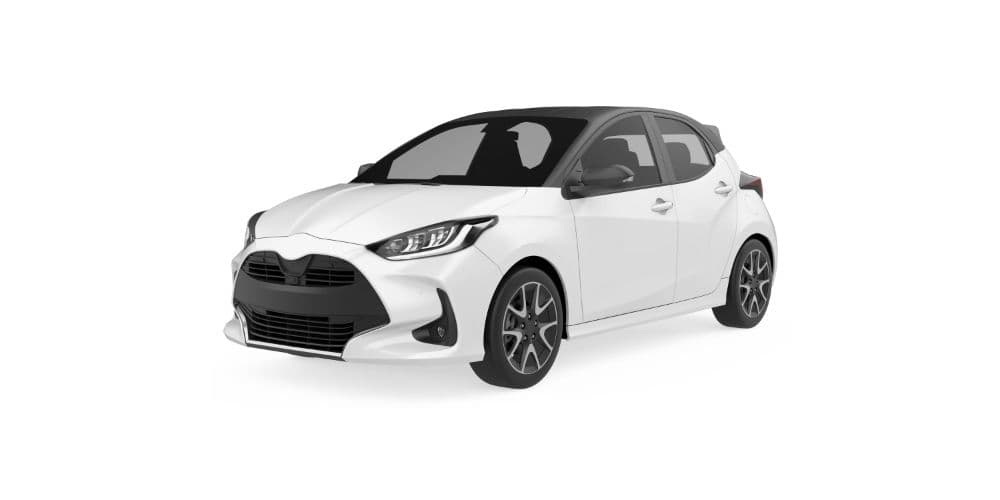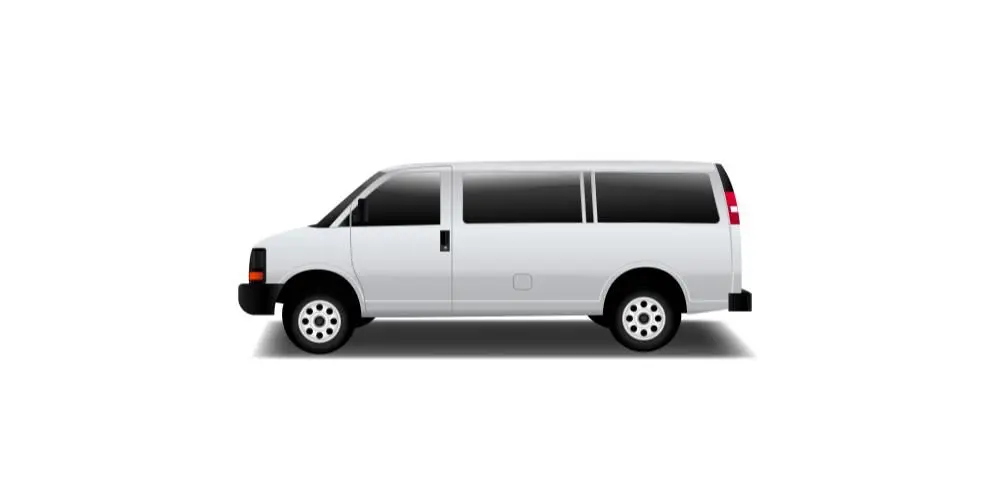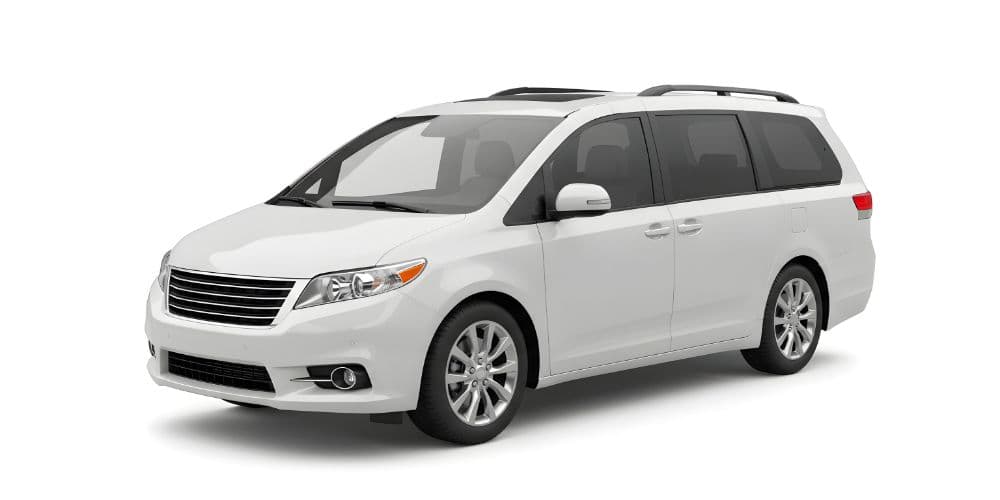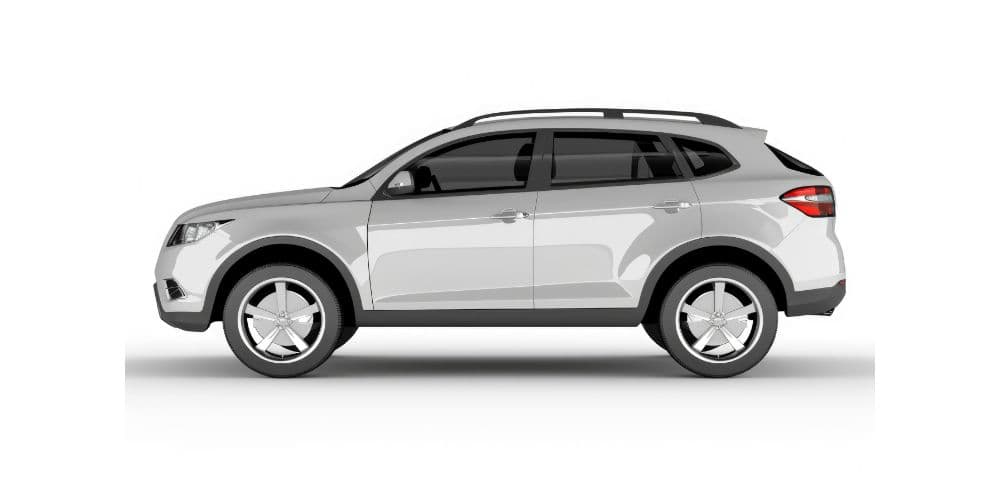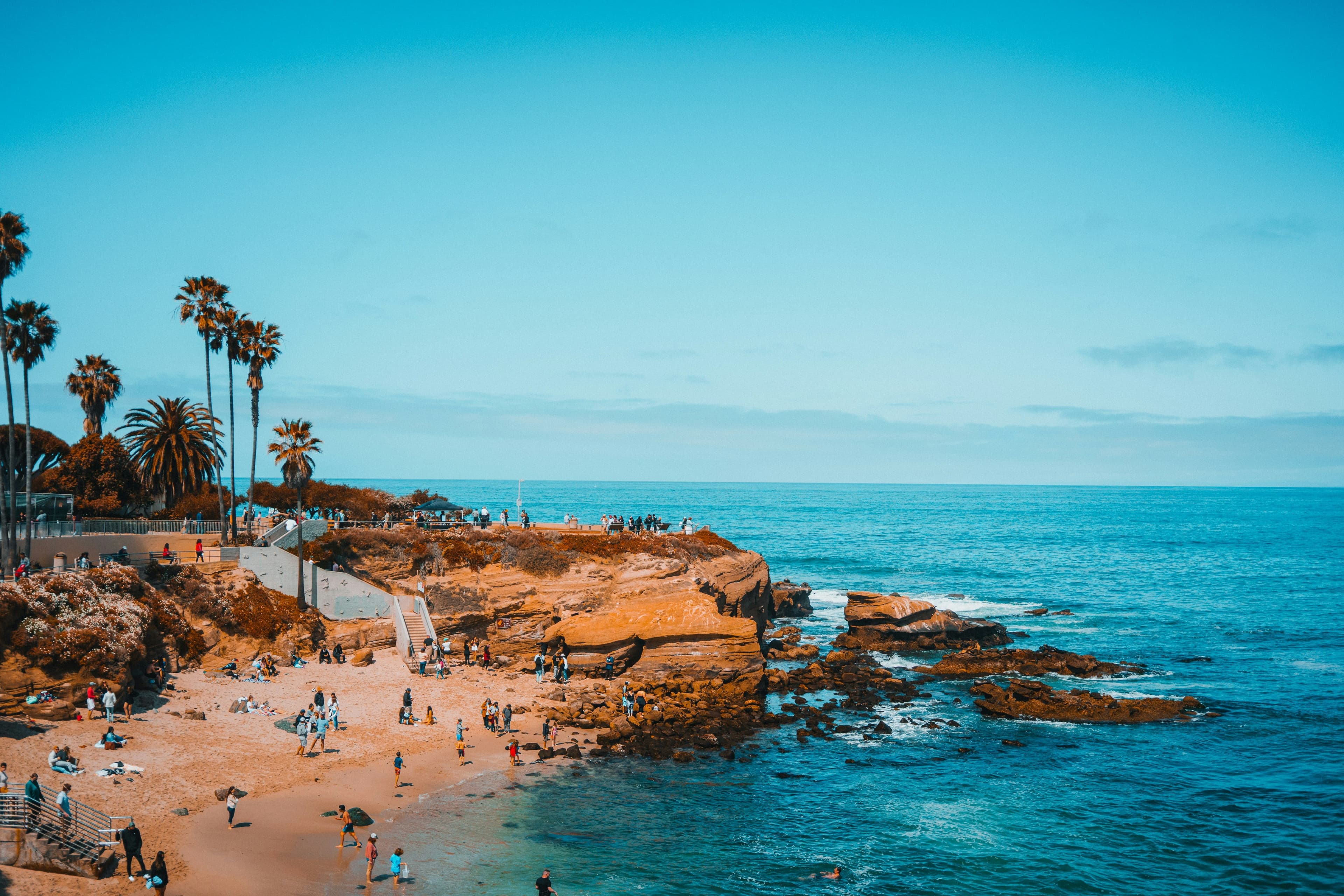
Phoenix to San Diego: Desert‑to‑Coast Drive & Tips
Desert to Coast (Phoenix to San Diego “Beach Escape”)
Distance: About 355 miles to San Diego (via I-10 and I-8). This is roughly 6 hours of drive time without stops. It can be driven in one (long) day, but 2 days with stops will make it far more enjoyable.
Route: From Phoenix, take I-10 West. After roughly 35 miles (near Buckeye), transition to I-8 West, which will carry you across the desert, through Yuma, and on to San Diego. You’ll cross the Colorado River at Yuma (the Arizona-California border) and continue west on I-8 all the way to San Diego. As you approach San Diego, I-8 ends and you’ll navigate local freeways to your specific destination (downtown, beach areas, etc.).
Highlights:
- Dateland, AZ: A quirky little pit stop in the middle of the desert (off I-8 about 100 miles west of Phoenix) known for its date shakes. Yes shakes made from sweet Medjool dates! The Dateland Travel Center is world-famous for its date-infused milkshakes and is a classic road-trip stop in this region. It’s the perfect place to stretch your legs, fuel up, and cool off with a creamy date shake a unique taste of the local agriculture.
- Yuma, AZ: Sitting on the Colorado River, Yuma has Old West history. If time permits, check out the Yuma Territorial Prison State Historic Park. This was Arizona’s first prison (built in 1876) and earned the nickname “Hellhole of the West” for its harsh conditions. The museum showcases cellblocks and stories of Wild West outlaws. Even if you don’t stop, as you cross the Colorado River into California you can imagine the days of steamboats and frontier forts Yuma was a key crossing in the 1800s.
- Imperial Sand Dunes: Suddenly, the landscape transforms into a scene out of the Sahara. West of Yuma in California lie the Imperial Sand Dunes (a.k.a. Algodones Dunes) the largest mass of sand dunes in the state. From I-8 you’ll see towering golden sand hills along the horizon. There’s a popular viewing spot just off the highway (Osborne Overlook, along Hwy 78) where you can park and take in the vista of endless dunes. On weekends this area is buzzing with off-road enthusiasts you might spot dune buggies and ATVs zipping up and down the sandy slopes, kicking up rooster tails of sand. It’s a surreal sight after so much desert scrubland bring a camera for this unique photo op.
- Mountain Pass (Laguna Summit/Devil’s Canyon): Continuing west, I-8 climbs dramatically into the Peninsular Ranges. You’ll ascend from near sea level in the Imperial Valley up to around 4,000+ feet at Laguna Summit and Crestwood Summit. The freeway winds through rocky gorges (the westbound and eastbound lanes even split into separate canyons one is called Devil’s Canyon). The views are striking massive boulders and rugged mountain slopes. There are a few vista points if you need a break. It’s often much cooler up here on a summer drive you’ll notice the temperature drop significantly as you gain altitude. In fact, this stretch can be 30°F cooler than the desert below on a given day (keep a light jacket handy in summer, and in winter you might even see a dusting of snow at the highest elevations!).
- San Diego, CA: At the end of I-8, you’re basically in San Diego welcome to the coast! San Diego greets you with palm trees, gentle ocean breezes, and a totally different climate from where you started. After hours of desert, the Pacific Ocean is a sight for sore eyes. Treat yourself to the beach: La Jolla Cove is famous for its sea lions lounging on the rocks and beach (you can often see and hear them up close, just remember to keep a safe distance). Or head to Coronado Beach or Mission Beach for classic SoCal sand and surf. If you have kids (or even if you don’t), the world-renowned San Diego Zoo and the museums of Balboa Park are top-notch. And of course, you must enjoy some Mexican food fish tacos are a local specialty in San Diego (the city’s proximity to Baja means you’ll find some of the best Baja-style fish tacos north of the border). After a long desert drive, the cool Pacific water and a sunset over the ocean will feel especially rewarding.
Tips:
- Desert Driving Caution: Services (gas, food, lodging) are spaced out on I-8, especially in eastern California. Once you pass Yuma, the next major town is El Centro ~60 miles further, and then it’s sparsely populated for a long stretch. It’s wise to fill up your gas tank in Yuma or El Centro. Don’t push it running low on fuel in the middle of nowhere (with 100°F+ heat outside) is not fun. Keep water in the car and use rest areas when you see them.
- Summer Heat: The Sonoran Desert is extremely hot in summer (daytime highs can exceed 110°F/43°C). Make sure your vehicle is in good shape check coolant levels and use the A/C to stay cool. If you’re driving in mid-day summer heat, consider wearing sunscreen in the car (you’ll feel that sun beating through the windows). A trick many use is to drive early in the morning to avoid the worst heat, or later in the evening. And remember, a hot car can’t cool down if you push it too hard uphill so take it easy on steep grades in extreme heat.
- Time Change:Note that if you’re doing this drive in spring/summer, Arizona does not observe Daylight Savings Time, but California does. This means in summer California is one hour behind Arizona. For example, if you leave Phoenix at 8 AM (MST), it will be about 2 PM in California after a 6-hour drive you “gain” an hour crossing the line. (In winter, Arizona and CA are on the same time.) Keep this in mind for planning arrivals or hotel check-ins.
- Add-On Adventures: If you have extra time, there are some intriguing detours along or near this route. One example: from Gila Bend, AZ (before Yuma), you could detour south on AZ-85 about 1.5 hours to Organ Pipe Cactus National Monument, a beautiful and remote park on the Mexican border known for its rare cacti and rugged desert mountains. It would add several hours (and you’d need to backtrack to I-8 or loop around), so only if you have a full extra day. Another detour option on the return trip: swing north from San Diego to Los Angeles and then back via I-10 through the Mojave Desert (hitting spots like Joshua Tree National Park). These add miles, but let you see more of the Southwest. If sticking to the main route, an interesting quick stop just off I-8 in California is the Plank Road historic site (remnants of a 1910s wooden plank road that once crossed the dunes) there’s a pull-off with signage if you’re a history buff.
- San Diego Navigation: San Diego’s freeways can be busy, especially during rush hour (3-6 PM). If you’re arriving on a weekday, try to time it so you’re not hitting the city at peak commute times otherwise, relax, you’re almost there! Once you’ve arrived, you can park the car for a while and enjoy walking around neighborhoods like Gaslamp Quarter, Little Italy, or the beach towns. The change from saguaro cacti to seaside sunsets all in one day’s drive is pretty astounding enjoy the best of both worlds!
Our Most Popular Vehicles
